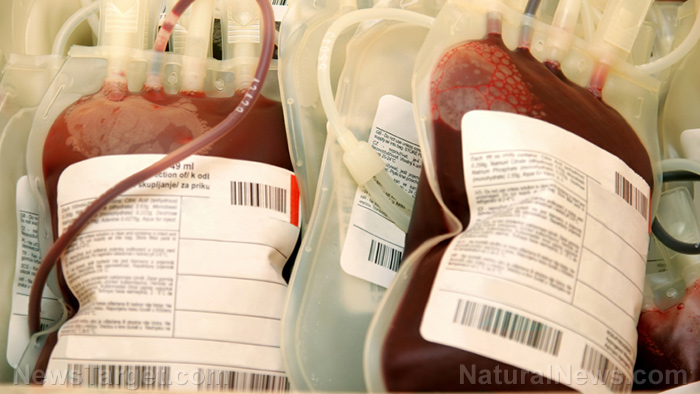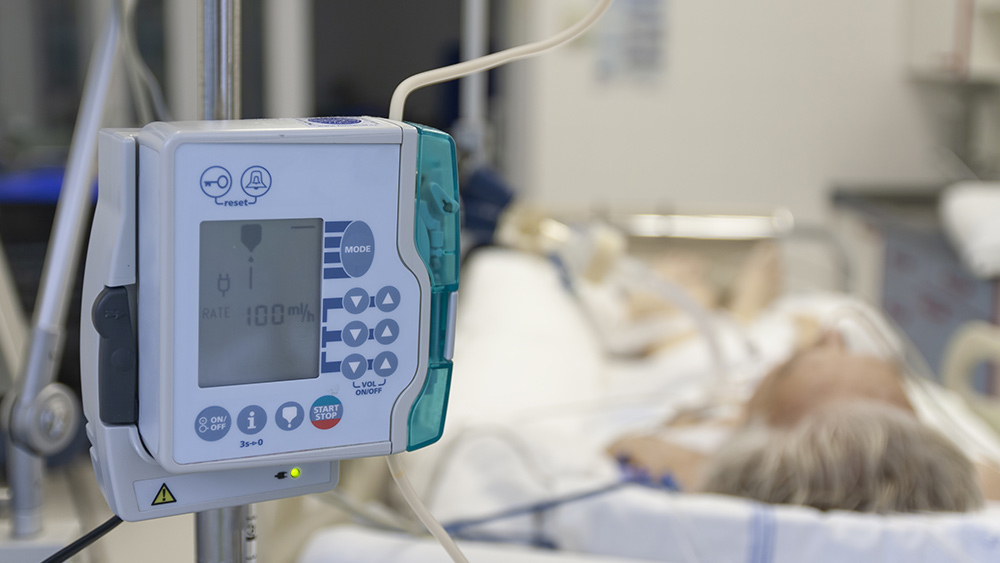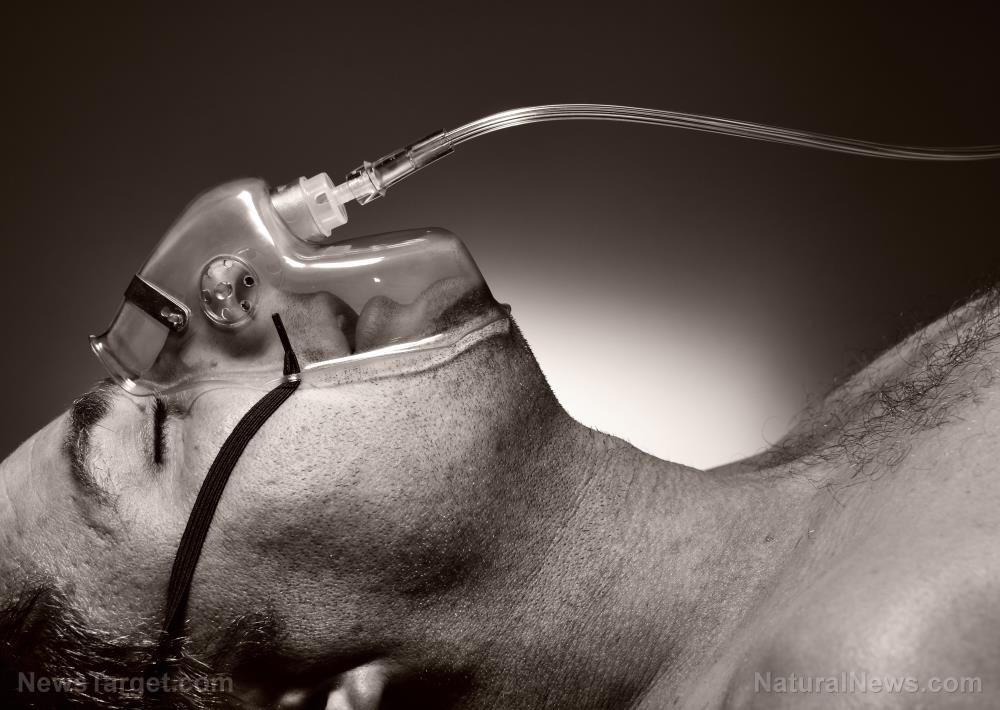Federal report: 250,000 Americans DIE every year after being MISDIAGNOSED in emergency rooms
12/20/2022 / By Arsenio Toledo

A recently published federal report suggests that as many as 250,000 Americans die each year after being misdiagnosed in emergency rooms.
The report, titled “Diagnostic Errors in the Emergency Department: A Systematic Review,” stated that around 7.4 million patients are misdiagnosed from 130 million emergency room visits per year in the United States.
These 7.4 million patients who are misdiagnosed are given treatments by their emergency room physicians. Of these, 2.6 million suffer adverse reactions and 370,000 suffer serious harm due to diagnostic errors. (Related: Is your doctor really qualified to practice or was skin color the determining factor instead of merit?)
“Put in terms of an average ED [emergency department] with 25,000 visits annually and average diagnostic performance, each year this would be over 1,400 diagnostic errors, 500 diagnostic adverse events and 75 serious harms, including 50 deaths per ED,” the report stated.
“High levels of variation in care – across conditions, across hospitals, across demographic groups – tells us that these errors do not need to be thought of as the ‘price of doing business.’ It tells us that there are already probably ways to get it right,” noted Dr. David Newman-Toker, a neurologist at Johns Hopkins University and one of the authors of the study.
Inability to recognize symptoms of certain diseases leads to more deaths
The report found that the top five conditions associated with misdiagnosis are stroke, myocardial infarction, aortic aneurysm and dissection, spinal cord compression and injury and venous thromboembolism.
Newman-Toker noted that these five conditions accounted for 39 percent of serious misdiagnosis-related harms. The top 15 misdiagnosed conditions account for 68 percent of related harms. He noted that the high rate of concentration with regard to the harms associated with misdiagnosis strongly suggests that this problem can be easily dealt with.
“If we focus our efforts on fixing problems that are most likely to cause serious harms when missed and the most common situations for us to miss them, we might be able to cut the problem in half fairly quickly,” he said.
Newman-Toker and the other study authors examined 279 studies between Jan. 2000 and Sept. 2021 to calculate the rate of diagnostic errors and picking out the conditions that are most frequently misdiagnosed.
The report further found that many lives are lost each year because healthcare workers are sometimes unable to recognize some of the lesser-known symptoms of deadly conditions like strokes and heart attacks. For example, a stroke patient who comes into the hospital with dizziness has a 14 times increased risk of being misdiagnosed compared to stroke patients who present with some more common symptoms like speech problems and facial paralysis.
Furthermore, healthcare professionals are also more likely to misdiagnose a patient if they are outside the typical age range of medical conditions, if they are women and if they are people of color – the latter category comes with a 20 to 30 percent higher chance of being misdiagnosed.
“In many cases, I believe we are both over testing and under-testing at the same time. The goal is to get better at bedside diagnosis so that we do a better job of selecting the right tests for the right patients at the right time – if we do that, I believe we will improve diagnostic accuracy and simultaneously decrease unnecessary and inappropriate testing,” said Newman-Toker.
“As with all medical specialties, there is room for improvement in the diagnostic accuracy of emergency care. All of us who practice emergency medicine are committed to improving care and reducing diagnostic error.”
Learn more about how hospitals kill their patients at HospitalHomicide.com.
Watch this clip from “The Stew Peters Show” discussing the thousands of people being killed due to hospital protocols.
This video is from the channel The Missing Link on Brighteon.com.
More related stories:
Sources include:
Submit a correction >>
Tagged Under:
American healthcare, bad doctors, dangerous doctors, diagnostic errors, emergency rooms, health coverage, healthcare, hospital homicide, hospitals, misdiagnosis
This article may contain statements that reflect the opinion of the author
RECENT NEWS & ARTICLES
HospitalHomicide.com is a fact-based public education website published by HospitalHomicide.com Features, LLC.
All content copyright © 2021 by HospitalHomicide.com Features, LLC.
Contact Us with Tips or Corrections
All trademarks, registered trademarks and servicemarks mentioned on this site are the property of their respective owners.




















